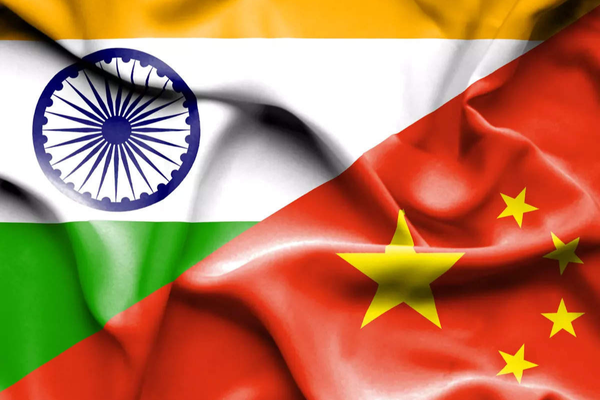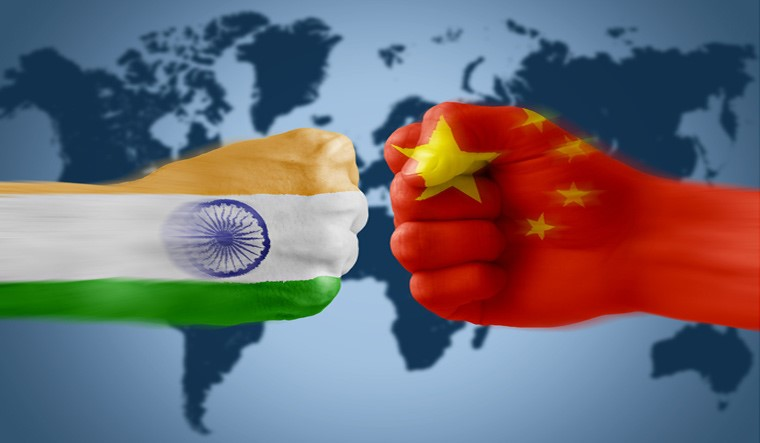The trade gap between India and China continues to widen, reflecting persistent challenges despite efforts to curb imports and boost domestic manufacturing
Overview of Trade Dynamics
Current Trade Statistics:
- Imports from China rose by 3.29% in FY24, reaching $101.75 billion up from $98.51 billion in FY23.
- Key items imported from China include plastics, steel products, fertilizers, among others.
- In FY24, India’s exports to China increased by 8.74% to $16.67 billion from $15.33 billion in FY23.
- Key items exported to China from India include iron ore, cotton yarn, cotton, quartz, among others.
- India’s imports from China resulted in a trade deficit of $85.08 billion in FY24, marking a 2.3% increase from FY23.
- The trade deficit has cumulated to over $387 billion in the last five years.
Reasons for Widening Trade Deficit:
- High dependency on China for critical raw materials used in clean energy, electronics, and electric vehicles.
- Many Chinese companies in India prefer buying supplies from China.
- India predominantly exports raw materials and minerals to China, resulting in limited diversification & stagnant growth in exports.
- The expansion of manufacturing facilities in India has driven up the demand for raw materials, leading to higher imports from China to meet this demand.
- Firms often prefer sourcing supplies from China due to lower costs, contributing to higher imports from China compared to other countries.
Government Initiatives and Their Impact
India’s Strategic Trade Realignments:
- India is actively pursuing a shift in its trade strategy from East to West, engaging in negotiations for free-trade agreements (FTAs) with nations like the US, UK, Australia, Japan, and others.
- This strategic pivot excludes China, with whom India trades under the Asia-Pacific Trade Agreement (APTA).
Import Curbs and Domestic Manufacturing:
- The government implemented import restrictions and advocated for domestic production to reduce dependency on Chinese imports.
- Notable success in the electronics sector, particularly in mobile phone assembly, due to increased tariffs and domestic policies.
Production Linked Incentive (PLI) Scheme:
- Aimed at reducing import reliance in critical sectors by offering incentives for domestic production.
- To reduce import dependence and boost domestic production, the government has launched production-linked incentive (PLI) schemes in 14 critical sectors.
Other key data:
India’s overall Merchandise Exports and Imports:
- Total merchandise exports for India were reported at $437.06 billion in FY24, a decrease from $451.07 billion in the FY23.
- Merchandise imports decreased to $677.24 billion from $715.97 billion in FY23.
- India’s merchandise trade deficit narrowed to $15.6 billion in March 2024, the lowest in 11 months.
- Electronic goods, pharmaceuticals, engineering goods, and iron ore were major contributors to export growth.
- Additional significant exports included cotton yarn/fabric, handloom products, and ceramic products & glassware.
China’s Economic Challenges and Implications:
- China’s economy faces challenges such as declining property investment, debt risks, and weak consumption growth.
- In 2023, China witnessed a contraction in merchandise exports for the first time since 2016, indicating a slowdown in its economy.
- Total merchandise imports by China also declined 5.5% in 2023.
- Key items exported to China that saw significant growth in FY24 included iron ore, cotton yarn, cotton, quartz, unwrought aluminium and sanitary items.
Ref:Source
| UPSC IAS Preparation Resources | |
| Current Affairs Analysis | Topperspedia |
| GS Shots | Simply Explained |
| Daily Flash Cards | Daily Quiz |



